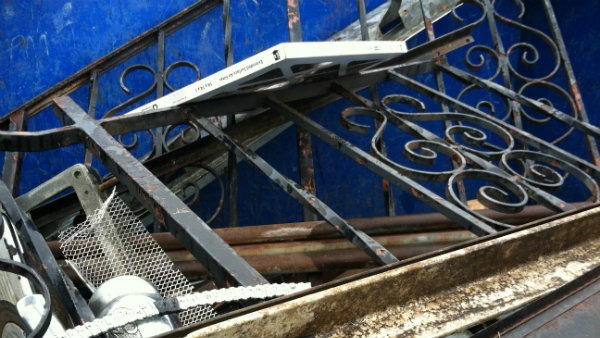The various possibilities for reusing waste are impressive, especially those classified as scrap. The purchase and sale of garbage is a segment that has great potential for recovery due to its physicochemical characteristics.
Scrap material for PGM recycling allows for constant reuse and transformation without losing its properties and qualities. For these advantages, the purchase and sale of this waste represent potential profit. Companies, including small and medium-sized ones, have discovered that it is possible to profit from them instead of spending correctly to dispose of them.
Apart from the economic potential, investing in purchases and sales reduces the environmental impact by not overloading sanitary and industrial landfills across the country. And it also prevents inadequate disposal in dumps, reducing the social and ecological cost of carrying out the logistics of collecting and disposing of waste in distant municipalities. Shall we know more about it?
The disposal of scrap waste can turn into profit when instead of discarding it, the company makes the material available in the purchase and sale market. This action can be done using the tool known as the Waste Market.
Scrap Waste Market
The great difficulty for companies wishing to enter the waste buying and selling market is to structure the negotiation and find out how to sell their scrap residue or buy a residue that can be reused in their process.
The Waste Market is the best way to solve this issue through a virtual environment that offers convenience, practicality, and security to companies looking for a profitable way to implement compliance with environmental legislation without losing sight of making a profit.
Through this platform, buyers and sellers will have the chance to negotiate waste, obtaining financial advantages with the purchase/sale of scrap waste.
Scrap is any discarded material, product, or waste that can be recycled. The most sold and purchased scrap waste are:
Iron Scrap
Iron scrap consists of all kinds of iron and carbon steel scrap, loose or in bales such as cast and rolled solids, chips, and chips, reusable as tubes, bars, coils, and plates, scrapped automobiles, ships, trains, wagons, wheels, and rail tracks.
It is widely used in mechanical construction and can replace steel in several applications, often with great advantage. They can be used to build machines, tools, structures, and installations that require high-strength materials.
Copper Scrap
Copper is a transition metal that has high electrical and thermal conductivity. Copper is used mainly in electrical transmission and telephony.
Aluminum Scrap
Aluminum is a metallic element extracted from bauxite purified by electrolysis. Pure aluminum is soft and pliable, but hardeners can increase its hardness. Aluminum is manufactured from a large number of alloys. The elements used in alloys are copper, zinc, magnesium, silicon, and manganese.
The alloys’ lightness, hardness, corrosion resistance, and electrical conductivity properties make them suitable for various uses, including vehicle and aircraft construction, buildings, and aerial power cables.
Stainless Steel Scrap
Stainless steels are those that contain in their composition 10.5% of Chromium as the primary alloying element. Some stainless steels have more than 30% Chromium or less than 50% Iron. These steels do not oxidize in everyday environments.
Its resistance characteristics are obtained thanks to the formation of a protective oxide that prevents the base metal from coming into contact with the aggressive atmosphere. Some other elements such as nickel, molybdenum, copper, titanium, aluminum, silicon, niobium, nitrogen, and selenium can be added to obtain particular mechanical characteristics.
Metal Scrap (Brass)
Brass is a generic name for alloys whose main constituents are copper and zinc, with a lower proportion of zinc. Its strength and flexibility make it easy to work with, having application in the manufacture of pins, wires, and screws. When used in an electrolytic bath to coat iron, it makes it less susceptible to corrosion.











Leave a Reply